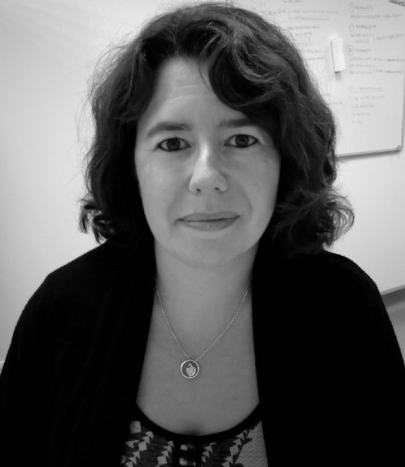Karine LoulierInstitut des neurosciences (Montpellier) - CNRS / Inserm / Université de Montpellier
Probing neural cell diversity in the healthy and diseased brain
Mes recherches
Throughout my career, I have investigated the development of central nervous system and the properties of neural stem cells in vivo. My research experience has started with an undergraduate training in the laboratory of C.E. Henderson (IBDM, Marseille), under the supervision of P. Carroll, where I have studied the cellular and molecular aspects of Reelin-dependent neuronal migration in the developing hindbrain and in the adult forebrain. Afterwards, I enrolled in a PhD program at Paris XI University where I joined the team of M. Ruat and E. Traiffort (INAF, Gif-sur-Yvette) to characterize the expression pattern of several actors of Sonic Hedgehog (Shh) signaling pathway in the developing brain using molecular and biochemical techniques and to investigate the role of Shh in the adult brain. Then I performed my first postdoctoral training in the laboratory of T.F. Haydar (Center for Neuroscience, Washington D.C) in close collaboration with C. ffrench-Constant (University of Edinburgh) where I uncovered a novel requirement of integrin/laminin binding for the physical organization of the cortical stem cell niche. In 2009, I joined as a postdoctoral fellow J. Livet’s team at Institut de la Vision (Paris) where I obtained a FP7 Marie Curie International Reintegration grant and contributed to establish a multicolor strategy for multiplex cell and lineage tracking based on new Brainbow constructs expressing an expanded palette of trichromatic markers (red, yellow and cyan fluorescent proteins) addressed to specific subcellular compartments (MAGIC Markers). There, I obtained in 2012 a tenured researcher position at INSERM and subsequently co-supervised with J. Livet a study focused on the development of cortical astrocytes using MAGIC Markers multiclonal strategy that highlights the tremendous plasticity of these astrocytes at both clonal and cellular levels. In 2017, I have obtained funding from the ATIP-Avenir program to establish my independent research group at Institut des Neurosciences de Montpellier starting September 2018.
Mon projet ATIP-Avenir
Neural cell diversity and balance in brain development and pathologies
The mammalian cerebral cortex relies on many distinct cell types to exert its high cognitive functions. How neural diversity arises from seemingly homogeneous population of cortical progenitors and how the balance between neuronal and glial cell types is achieved and regulated during development remain challenging questions not yet fully addressed in vivo. To shape an operative brain, neuronal and glial cells must be produced in defined proportions and locations following a strict spatiotemporal regulation whose imbalance may lead to dramatic brain disorders. The goal of this research program is to probe in vivo neural diversity achievement and maintenance from embryonic to mature stages using a combination of cutting-edge molecular genetic engineering, advanced surgery and imaging techniques. Focusing on progenitors located in the cortical embryonic - postnatal niche that sequentially produce neurons and distinct glial cell types, my projects aim at i) deciphering the cellular and molecular mechanisms accountable for neuronal-glial transition and balance over time, ii) characterizing the potentialities and functions of a still enigmatic cell population: the cortical satellite cells, and iii) investigating how neural diversity and neuronal-glial interactions may be imbalanced in brain pathologies. This work will provide a better understanding of how neurons and glial cells cooperate to build a functional brain, while unraveling key elements of cortical satellite cell properties in the healthy and diseased brain.
